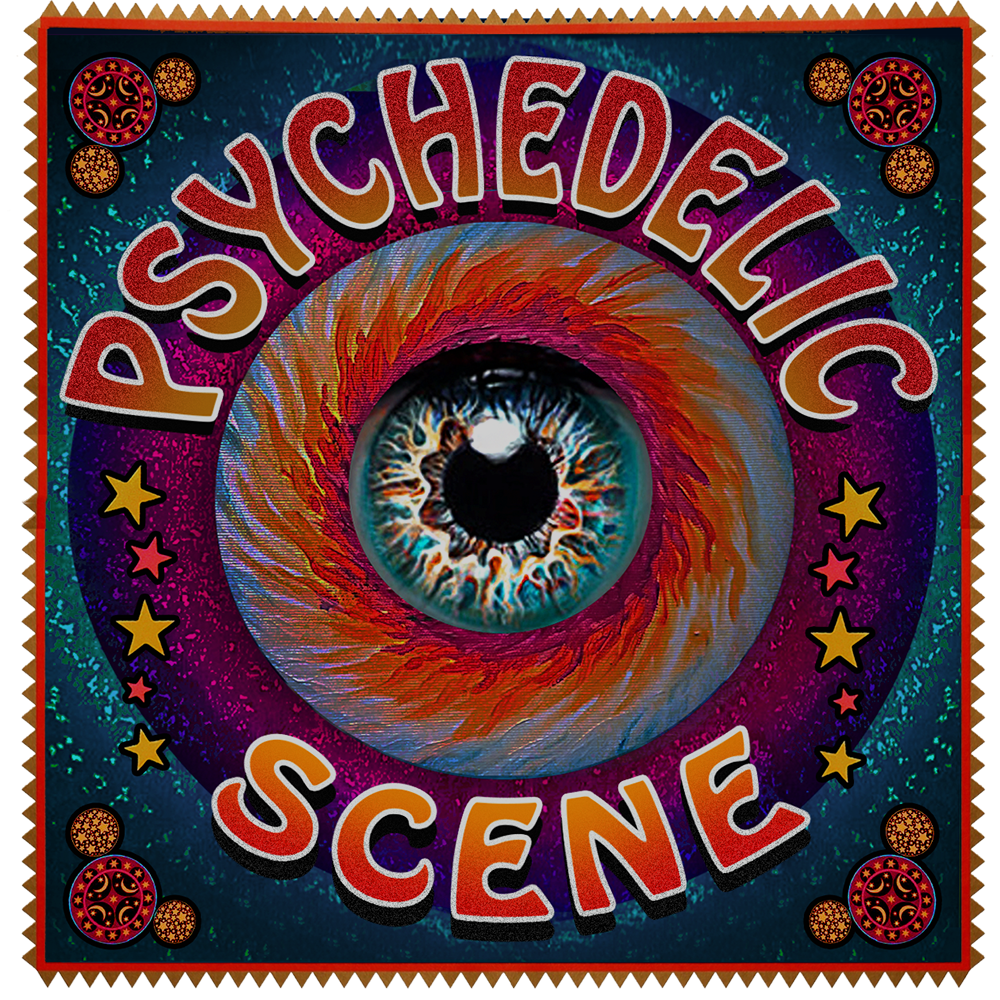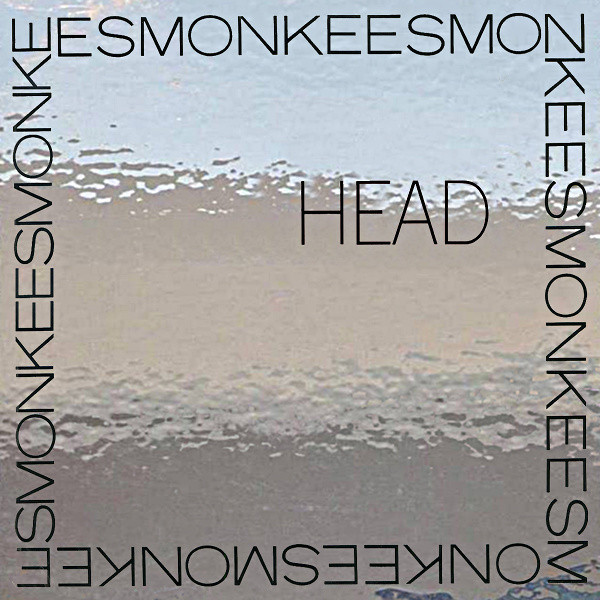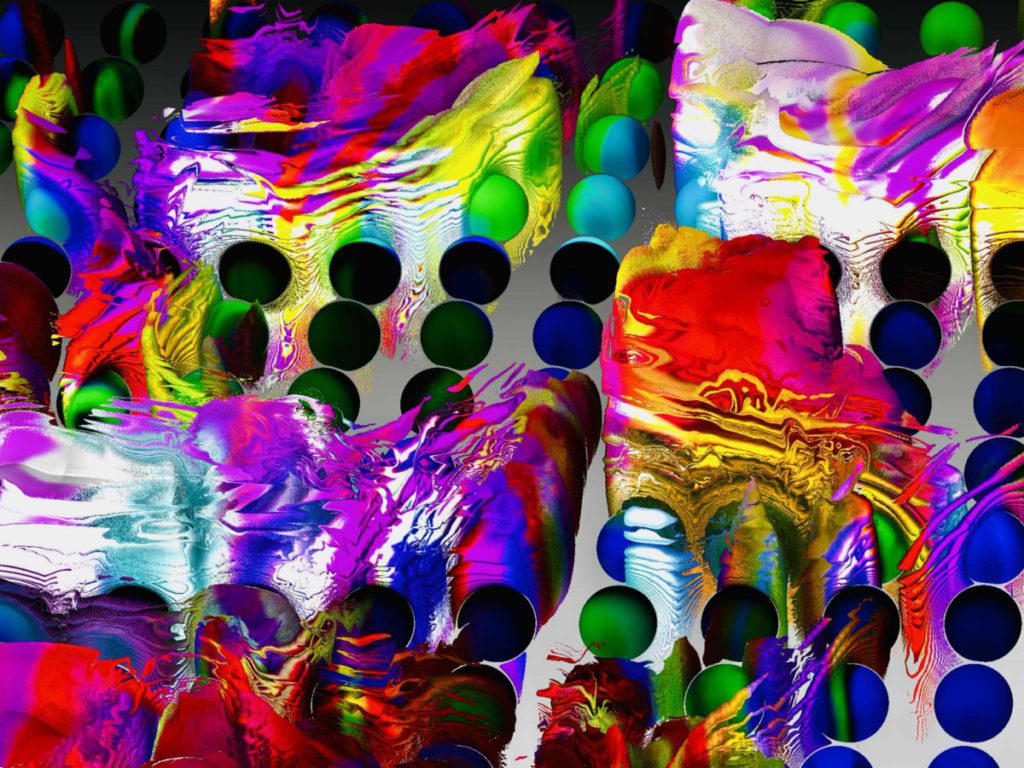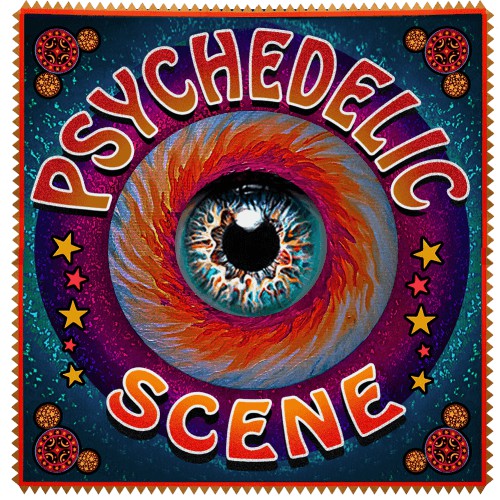The Psych Ward–Head by The Monkees
The Psych Ward–Head by The Monkees
What do you think of The Monkees? Were they just a Hollywood-manufactured band who didn’t play their own instruments? Were they the stars of a madcap Beatles ripoff TV show? Hopefully, dear reader, you are aware of their true greatness as well as their position in the late sixties pantheon of psychedelic beat music.
When The Monkees television show was canceled in 1968, the band got together with screenwriter Jack Nicholson to pen a film as their swansong. Head is a surrealist piece of psychedelic celluloid where little makes sense; one step beyond the Beatles films in the nonsense department. Shot during the height of the Vietnam War, it heavily focuses on the juxtaposition of war footage with the throngs of screaming Monkees fans. The movie is built on such filmic formalism to create relationships between scenes, heavily relying on segue as a cinematic device.
The soundtrack album, also called Head, relates to that in the form of several musique concrète pieces of the film’s dialogue. Frank Zappa appeared in the film and the TV series, and his album Lumpy Gravy comes to mind when describing this album. It’s similarly built with portions of recorded conversations spliced into and in between songs.
The epic masterpiece “Porpoise Song” is a slowly smoldering piece of psychedelic brisket written by Goffin and King–songwriters for a significant portion of the Monkees catalog. The track swims along the tides like the titular creature. “The porpoise is laughing goodbye, goodbye” indeed.
Monkees guitarist Mike Nesmith penned the magnificent “Circle Sky,” opening with a raucous chromatic riff that leads into a maraca-driven Bo Diddley-inspired fuzz-rock piece. There isn’t much to the song, but it strikes like lightning when it hits.
“Can You Dig It” was written by Monkees bassist Peter Tork and it’s another slice of the late sixties psychedelic pie. Accompanied by meandering but meaningful quadruple-time guitar licks in the choruses and punctuated by bongos throughout, the song’s questioning nature distills the essence of that era. It highlights the wondering of where it’s at and how to get there.
All in all, the Monkees would go on to produce three more albums before disbanding. Tork left after Head and Nesmith vacated two albums later before their nostalgic resurgence in the mid-eighties.
Gallery
Recent Articles
Artist Spotlight: Doug Leed
•
December 9, 2025
Podcast with Andrew Weisse: Beyond The Journey
•
December 5, 2025

Loading...
The Club Is Open by Radderall & Muzzy Fossa–Album Review
- Bill Kurzenberger




